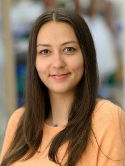Cancer therapy shapes the fitness landscape of clonal hematopoiesis Journal Article
| Authors: | Bolton, K. L.; Ptashkin, R. N.; Gao, T.; Braunstein, L.; Devlin, S. M.; Kelly, D.; Patel, M.; Berthon, A.; Syed, A.; Yabe, M.; Coombs, C. C.; Caltabellotta, N. M.; Walsh, M.; Offit, K.; Stadler, Z.; Mandelker, D.; Schulman, J.; Patel, A.; Philip, J.; Bernard, E.; Gundem, G.; Arango Ossa, J. E.; Levine, M.; Medina Martinez, J. S.; Farnoud, N.; Glodzik, D.; Li, S.; Robson, M. E.; Lee, C.; Pharoah, P. D. P.; Stopsack, K. H.; Spitzer, B.; Mantha, S.; Fagin, J.; Boucai, L.; Gibson, C. J.; Ebert, B. L.; Young, A. L.; Druley, T.; Takahashi, K.; Gillis, N.; Ball, M.; Padron, E.; Hyman, D. M.; Baselga, J.; Norton, L.; Gardos, S.; Klimek, V. M.; Scher, H.; Bajorin, D.; Paraiso, E.; Benayed, R.; Arcila, M. E.; Ladanyi, M.; Solit, D. B.; Berger, M. F.; Tallman, M.; Garcia-Closas, M.; Chatterjee, N.; Diaz, L. A. Jr; Levine, R. L.; Morton, L. M.; Zehir, A.; Papaemmanuil, E. |
| Article Title: | Cancer therapy shapes the fitness landscape of clonal hematopoiesis |
| Abstract: | Acquired mutations are pervasive across normal tissues. However, understanding of the processes that drive transformation of certain clones to cancer is limited. Here we study this phenomenon in the context of clonal hematopoiesis (CH) and the development of therapy-related myeloid neoplasms (tMNs). We find that mutations are selected differentially based on exposures. Mutations in ASXL1 are enriched in current or former smokers, whereas cancer therapy with radiation, platinum and topoisomerase II inhibitors preferentially selects for mutations in DNA damage response genes (TP53, PPM1D, CHEK2). Sequential sampling provides definitive evidence that DNA damage response clones outcompete other clones when exposed to certain therapies. Among cases in which CH was previously detected, the CH mutation was present at tMN diagnosis. We identify the molecular characteristics of CH that increase risk of tMN. The increasing implementation of clinical sequencing at diagnosis provides an opportunity to identify patients at risk of tMN for prevention strategies. © 2020, The Author(s), under exclusive licence to Springer Nature America, Inc. |
| Journal Title: | Nature Genetics |
| Volume: | 52 |
| Issue: | 11 |
| ISSN: | 1061-4036 |
| Publisher: | Nature Publishing Group |
| Date Published: | 2020-11-01 |
| Start Page: | 1219 |
| End Page: | 1226 |
| Language: | English |
| DOI: | 10.1038/s41588-020-00710-0 |
| PUBMED: | 33106634 |
| PROVIDER: | scopus |
| PMCID: | PMC7891089 |
| DOI/URL: | |
| Notes: | Article -- Export Date: 1 December 2020 -- Source: Scopus |
Altmetric
Citation Impact
BMJ Impact Analytics
MSK Authors
-
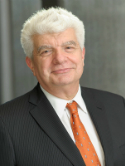 181
181Fagin -
 664
664Bajorin -
 792
792Offit -
 762
762Norton -
 147
147Klimek -
 684
684Robson -
 785
785Solit -
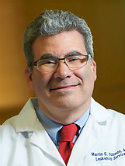 655
655Tallman -
 398
398Stadler -
 1336
1336Ladanyi -
 354
354Hyman -
 787
787Levine -
 346
346Zehir -
 779
779Berger -
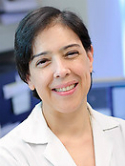 674
674Arcila -
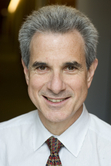 1133
1133Scher -
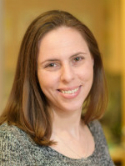 78
78Spitzer -
 71
71Patel -
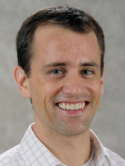 617
617Devlin -
 50
50Philip -
 21
21Gardos -
 72
72Mantha -
 53
53Syed -
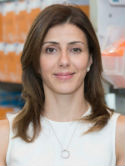 189
189Benayed -
 50
50Boucai -
 156
156Walsh -
 86
86Ptashkin -
 29
29Kelly -
 217
217Papaemmanuil -
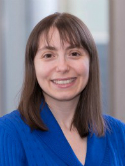 187
187Mandelker -
 51
51Yabe -
 58
58Gundem -
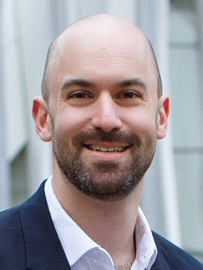 177
177Braunstein -
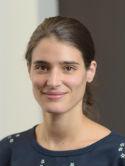 51
51Bernard -
 16
16Schulman -
 156
156Diaz -
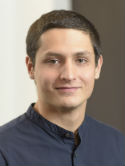 38
38Medina -
 70
70Stopsack -
 36
36Bolton -
 35
35Levine -
 12
12Patel -
 16
16Glodzik -
 4
4Berthon -
 50
50Arango Ossa -
 13
13Gao -
 7
7Paraiso -
 2
2Li
Related MSK Work




